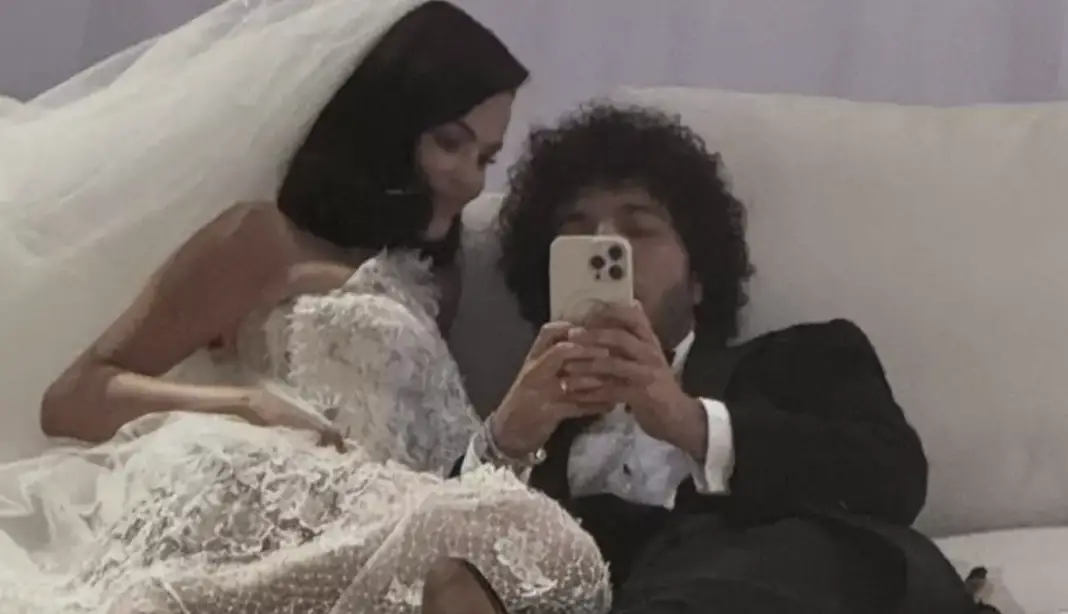Selena Gomez’s decision to publish wedding photographs within hours of marrying producer Benny Blanco has prompted a concentrated reaction from sections of her fanbase, with many advancing a single, practical explanation: that she moved quickly to blunt the impact and market value of any paparazzi images and to “get ahead” of unauthorised distribution. The theory — expressed across comment threads and collated by entertainment sites — appeared alongside congratulations after Gomez posted a succinct date-stamp on Instagram and Blanco followed with an album captioned, “i married a real life disney princess.” In one representative reaction documented by Tyla, a user wrote: “I hate that she had to post them so fast while she’s still probably at her wedding/reception, but good on her for getting ahead of the paps,” while another added, “I think she likely posted these pics right away to devalue any shots that potentially could have been taken.” Those comments were echoed in other threads that framed the timing as a reputational and economic calculation familiar to high-profile weddings.
Gomez confirmed the marriage on 28 September with a minimalist caption — “🤍 9.27.25 🤍” — attached to formally shot photographs, while Blanco’s post the next day supplied intimate frames from the same 27 September ceremony in Santa Barbara, California. The sequence established the timeline that fans then discussed: official portraits and personal candids released while guests were still dispersing from the weekend and while media were assembling their first summaries. The Blanco caption, “i married a real life disney princess,” set the register for much of the public reaction and was widely reproduced as evidence that the couple themselves had chosen to define the imagery rather than allow third parties to do so first.
The wedding itself has been documented in detail by fashion and entertainment outlets, offering a level of verification around which the fan theorising about timing has gathered. Vogue reported that the couple “said ‘I do’ on 27 September in Santa Barbara,” and published a gallery of portraits attributed to photographer Petra Collins. Coverage in sister titles and international editions aligned on the same date and location. The fashion press identified a custom halter-neck satin gown by Ralph Lauren and a restrained bouquet for Gomez, with styling notes that matched the images she and Blanco later released on their accounts. The symmetric publication — one set of official portraits and one set of behind-the-scenes images — provided the material fans combed for clues about when and why the posts went live.
People and other outlets added granular detail that reinforced the authenticity of the couple’s own posts, citing statements from jeweller Jacob & Co. about Blanco’s ring and reporting on accessories visible in the images. People described a bespoke 18-carat gold band engraved with “9.27.25” on the inside and set with two 0.03-carat stones — “a ruby and an aquamarine, the pair’s birthstones,” according to the jeweller — and highlighted a custom Jacob & Co. timepiece and tennis bracelet that drew attention when viewers examined Blanco’s wrist in the carousel. The magazine’s separate report on the diamond-encrusted watch quoted an expert valuation “over $1 million,” putting a precise commercial frame around one of the details fans and trade titles had already fixated on in the groom’s images. Those fact patterns, grounded in supplier statements and visible in the photos, underpinned the broader premise that the couple could define both narrative and merchandising context by releasing images first.
